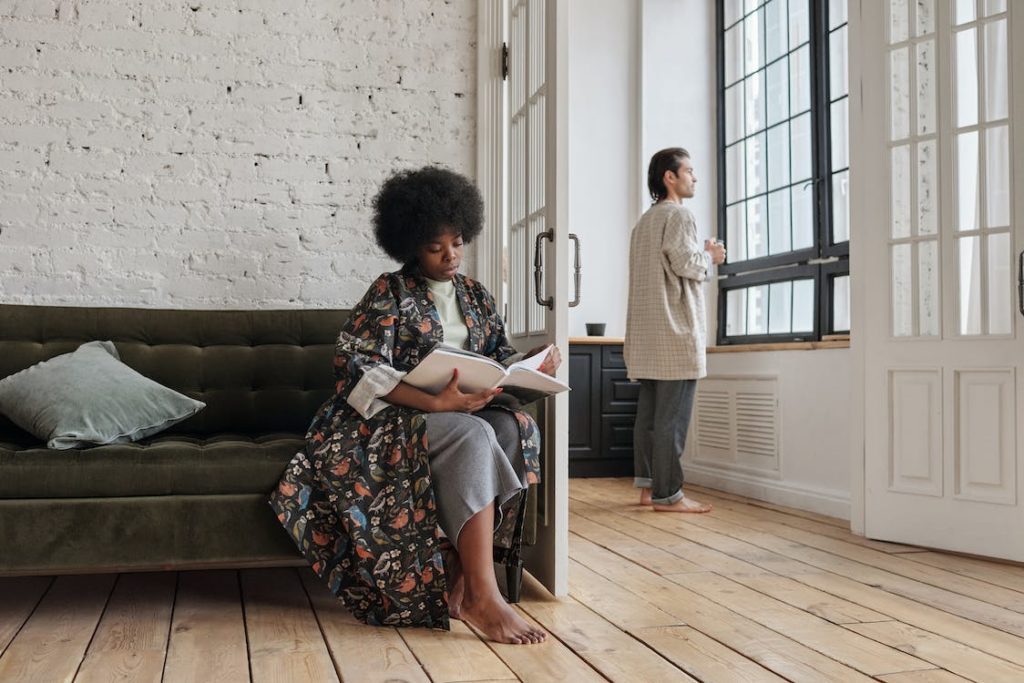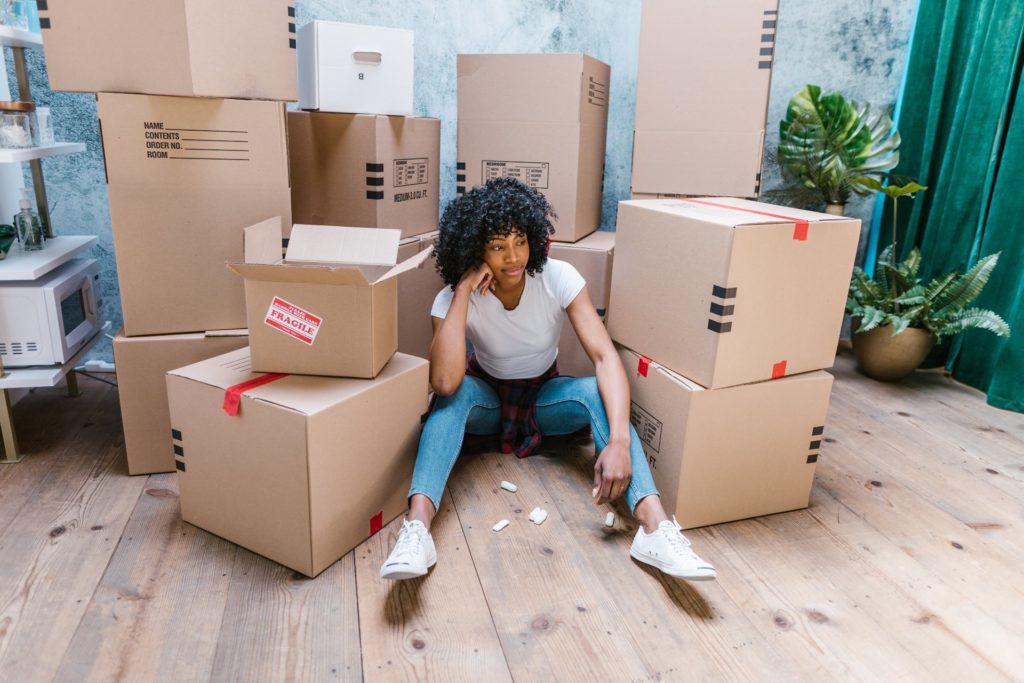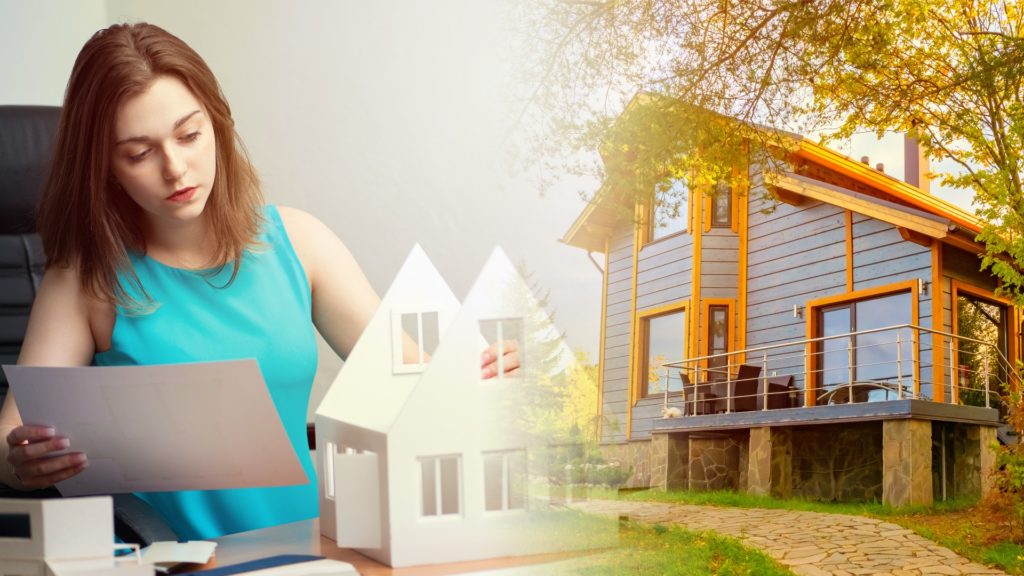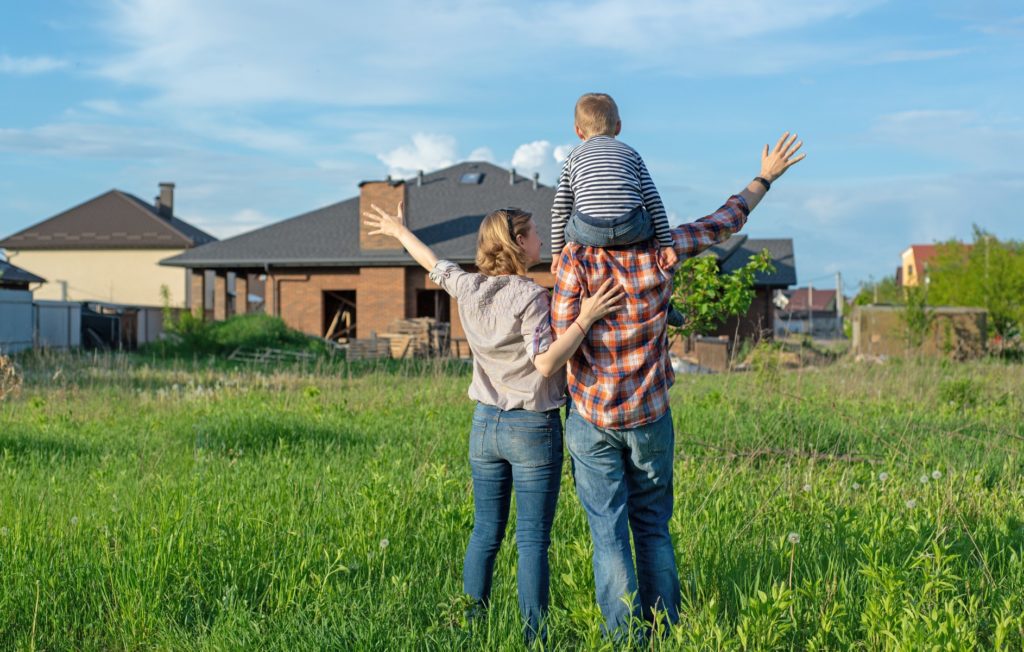When someone decides they’re ready to move into their dream home, they must choose between building a new house and buying an existing one. It makes sense to consider building a house rather than competing against other buyers in a seller’s market. However, if time is of the essence, they might be better off buying an existing home.
When comparing average build costs to average purchase costs, it’s generally more expensive to build a home. But because there are so many different factors, this isn’t always the case. Here’s what buyers considering buying vs. building a house need to know in 2022.
Buying vs. Building a House: Which is More Affordable?
On average, it costs $34,000 more to build a new home than to buy an existing one. In May 2022, the median price for new construction was $449,000. According to the most recent information available from the National Association of Home Builders (NAHB) and the U.S. Census Bureau, the median price to purchase an existing home was $414,200.
The price of constructing a new home includes the purchase of the land lot, excavation work, permits, inspections, and other related costs. It’s important to consider that an uptick in demand for land has also driven the price of lots up.
However, data shows a significant decrease in costs for those who already have a large enough lot to build on. According to an NAHB study from 2019, the purchase price for a plot is roughly 18.5 percent of the total costs for new construction. This lowers the estimated cost of building a home for those who already own a lot to $365,935 instead.
The Typical Cost of Building a Home
In May 2022, NAHB estimated it would cost an average of $449,000 to construct a home, including the lot. Keep in mind that the cost of building a home may be significantly higher, depending on the location, construction plans, and the price of materials and labor.
The average cost difference between buying vs. building a house is 8% when the cost of the land is taken into account.
Construction Costs
A simple house can be constructed for about $150 per square foot of living area. If buyers want higher-end materials or upgrades, it’s easy to spend $500 per square foot or even more.
One thing to remember is that the pandemic caused supply chain issues and shortages of essential building materials, including lumber. In May 2021, the price per thousand board feet went from $350 to over $1,400.
On top of that, more than 90% of builders reported appliance shortages, 87% reported a window and door shortage, and more than 50% reported shortages of steel beams, insulation, roofing materials, vinyl siding, copper wiring, and plumbing fixtures, among other materials, according to a survey by the NAHB conducted in May 2021.
Buyers can cut costs if they have the time and ability to perform some of the work themselves. However, the home will need to pass inspections, so it’s important it’s done correctly.
Financing New Construction
Some people purchase their land using a mortgage, and then use their savings or a construction loan to pay for the project. With a construction loan, buyers typically need to refinance the mortgage after the work is completed to pay back the bank. Two sets of closing costs are therefore necessary: one for the initial land purchase loan and the other for the refinance.
In contrast, the interest rates on construction loans are typically higher than those on regular mortgages due to the lack of collateral and greater risk for the lender. The timeline for construction and money disbursement is subject to strict regulations. A larger down payment may also be required to obtain financing.
A construction-to-permanent loan is an alternative that allows a buyer to take out a single loan to pay for the land and the construction.
Pros and Cons of Building a Home
Pros
- Complete customization. Building a home allows you to completely customize it. Buyers can choose the location, floor plan, flooring, finishes, and more. The home will truly reflect their individual taste and style.
- No competition. When building a home, buyers eliminate the competition. They aren’t competing among other buyers in a market with limited inventory.
- Less maintenance. New construction means everything is brand new. Unlike an existing home, buyers won’t need to worry about replacing the roof or air conditioning unit in a couple of years.
- Warranties. According to the Federal Trade Commission, builders typically provide one- or two-year warranties on things like materials and workmanship, plumbing, and electrical systems. Some also provide structural items with a 10-year warranty. Most times, the new HVAC and appliances in the home come with a manufacturer’s warranty.
- More energy efficient. New homes are built with energy efficiency in mind. Buyers will save money on their heating and cooling costs by opting for a brand new home.
Cons
- Financing is more expensive. Higher interest rates and higher down payments are one disadvantage of building a new home.
- Unexpected delays can occur. With the current supply chain and inventory issues, delays are bound to happen that impact the entire timeline.
- The costs may be greater than anticipated. Even with an estimate, it’s not uncommon for unexpected costs to arise.
- Building a house takes months. According to the U.S. Census Bureau, it takes approximately 7 – 8 months to build a new house.
Typical Cost of Buying an Existing Home
Home prices vary from state to state, just like construction costs. In fact, there can be significant variations between states depending on the city, county, and neighborhood.
Home sales prices nationwide “increased year-over-year by 20.9 percent in April 2022 compared with April 2021,” CoreLogic reported in June 2022. This figure is annualized, so in April 2022, home prices were 20.9 percent higher than they were a year earlier. Zero states reported a decline in home values.
Pros and Cons of an Existing Home
Pros
- Buyers know the cost. After receiving financing approval, buyers can streamline the process and buy a home within a specific price range because they know their budget. All the numbers are on the table, and it’s much simpler to plan financially.
- It’s move-in ready. Buyers only have to wait a few months, sometimes less, to move in after purchasing an existing home. Finding the ideal home may take some time, but it won’t be long before they are settled.
- The landscaping is mature: There’s a good chance that some landscaping may already be established around the house, although it depends on the type of home and previous owner.
- Homes are often in preferred locations. Since there is less land available in inner suburbs and urban cores for new development, most newly constructed homes are located farther from these areas. An existing home might be a better option for someone who wants to be close to a city or amenities like cafes, shops, and restaurants.
- Neighborhoods are already established. The school system, the neighborhood amenities, and the sense of community are top considerations for many homebuyers. When buying an existing home, they’re purchasing in a neighborhood that already has established commuter routes, shopping centers, parks, and schools. Many of those amenities have yet to be constructed in new communities.
Cons
- The floor plans are dated. New homes are built to match the preferences of today’s homebuyers. Older houses may not have an open kitchen, for example, and may have smaller closets, smaller windows, and a more formal, closed-off floor plan.
- Repairs may be needed in the near future. In an older home, the major components may be older. Even if the home passes the inspection, the buyer might spend thousands to replace the air conditioning system or roof in a few years. The average appliance lasts about ten years, though some last longer, according to Consumer Reports.
- Customizing is harder. A newly-built home makes it simpler to add a finished attic or sunroom, or customize the kitchen’s cabinets and countertops. It can be difficult and expensive to remodel an existing home or change its structure.
- Utility bills are higher. An older home may have an older heating and cooling system with sub-standard insulation and less energy-efficient windows. That means the home may use more energy than necessary, resulting in high utility costs.
Bottom Line: Buying vs. Building a House
Deciding whether to construct a new house or purchase an existing one can be challenging. Both options have advantages and disadvantages, so the decision will largely depend on the buyer’s particular circumstances.
For buyers who want to customize their home and choose a specific location, building is a great option if they can wait for construction to be completed. For buyers who need to move more quickly, want an established neighborhood, or want to save time, effort, and money, buying an existing home is likely the best route to take.












